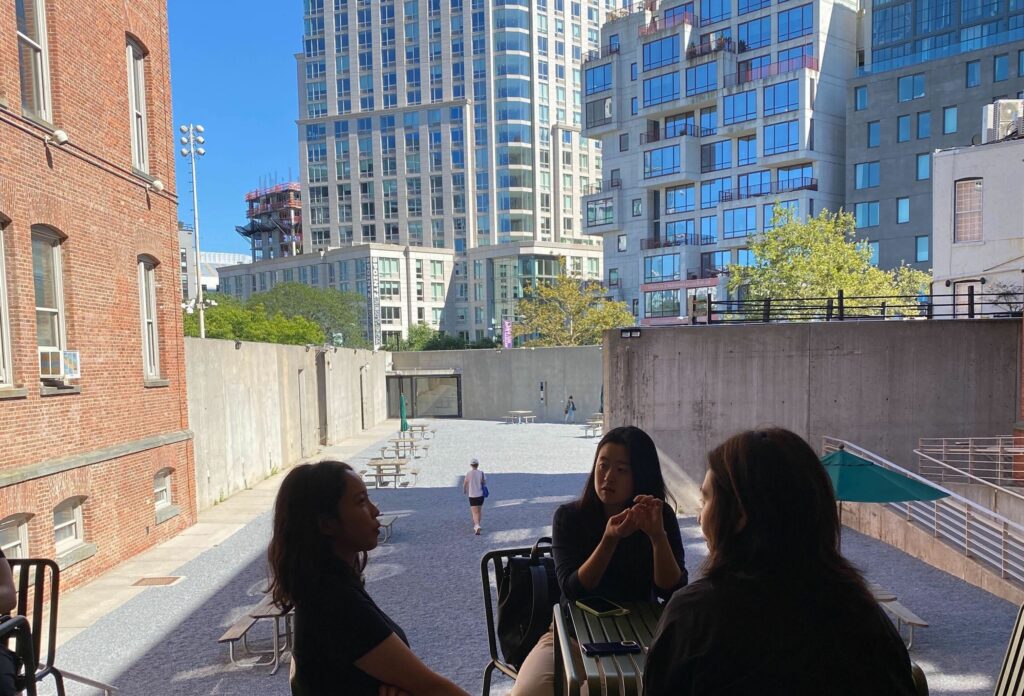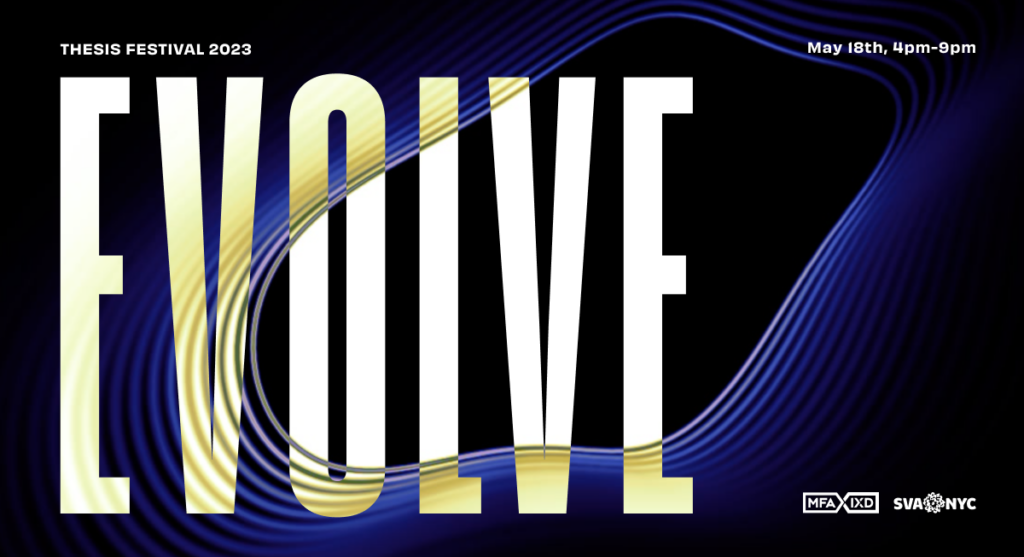Rachel Abrams is Creative Director of Turnstone Consulting, New York, a collaborative design practice, where she designs people-friendly, technology-mediated experiences for commercial spaces and public places. She is on deck to be one of the first faculty members for fall 2009, and we recently talked with her about what she’s planning.
School of Visual Arts: You’re teaching a course called Think, Make, Rinse, Repeat: Strategies in Design Practice. Why are strategies for practicing design of particular importance to graduate students in interaction design? How will you approach it?
Rachel Abrams: Design practice can be about strategy, business and opportunity-spotting, meeting needs and inventing products and services — all that good stuff. But up close, it’s also about tactics, iterative thinking, having fun, drawing inspiration and organizing the task of making things.
The focus of this class is on those tactics: to reinforce a sense of interaction designers’ overall process, to rehearse how to arrive at satisfying, effectively designed outcomes, no matter what the context, content, media or participant audience. Students will be introduced to tools for design thinking — from concept to completion — so they can apply what they learn here to their other classes, and beyond. This course will complement the business strategy and the service design classes in the first and third semesters.
SVA: In your professional work, you do a fair amount of work in service design. How do service design for public spaces and storytelling intersect with the teaching you do, both with clients and with students?
RA: It’s a neat crossover: Most of the opportunities I’ve had to refine my design thinking and practice have come from work on clients’ projects. There’s always an outlined process in mind. Things get interesting as you track how clients’ needs, resources, or spirit can influences that process, whether the brief is to generate content for an exhibit, media for a flagship retail experience, improve mass-transit service or support an organization through internal change. I’ll draw from case studies of my own folio, and from exemplary work from other designers to see if we can interpret what kind of design thinking they pursued to reach the outcomes we live and interact with every day.


